Which Flower Is the Happiest Flower? Discover the Joyful Blooms
If you’re looking for a cheerful bloom that speaks the language of joy, the choice is clear. The daffodil is often considered the happiest flower. Its bright yellow petals mirror the sun, embodying feelings of happiness and positivity. This vibrant flower spreads cheer wherever it blooms, bringing a sense of brightness and joy to gardens and homes alike.
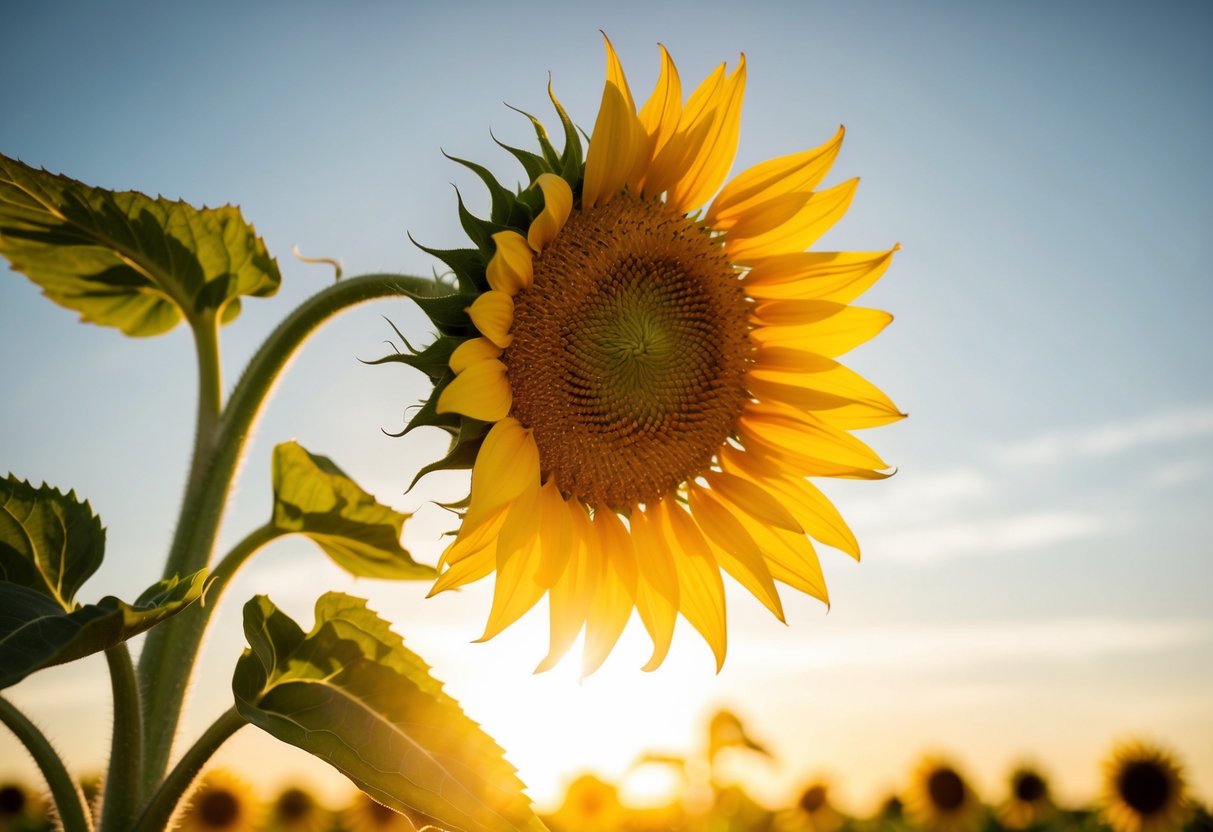
Yellow roses are another wonderful symbol of happiness. Known for their warm and inviting color, they can uplift your mood and add beauty to any space. Whether given as a gift or enjoyed in your own garden, they carry a message of joy and positivity.
Consider the lily of the valley as a classic choice for happiness. Its delicate blooms not only offer beauty but also symbolize joy and good fortune. If you want to surround yourself with flowers that radiate positive energy, these are excellent choices. Each of these blooms brings a unique touch of happiness, making them perfect for brightening up your day.
The Symbolism of Flowers
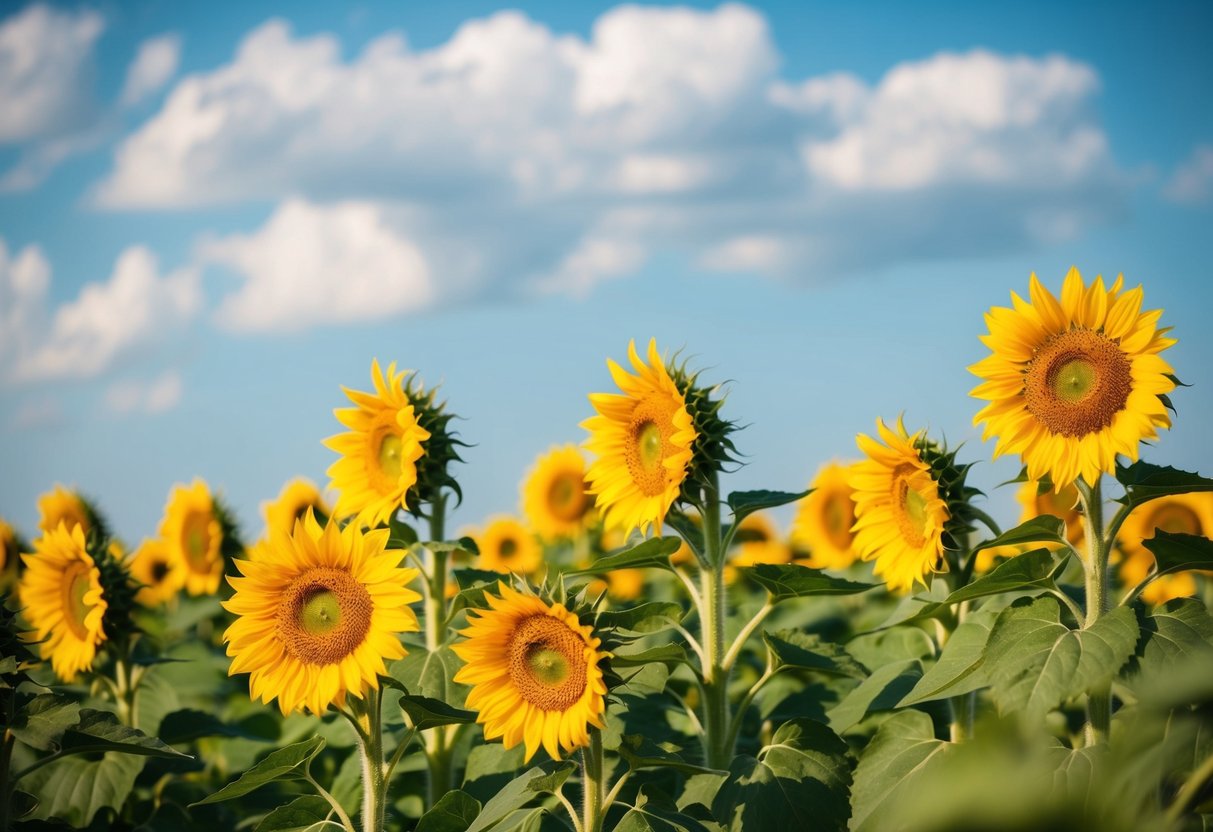
Flowers have meanings that go beyond their beauty and fragrance. They express emotions and convey messages. When thinking about blooms that spread cheer, the symbolism, color psychology, and cultural significance of flowers matter most.
Sunflowers and Happiness
Sunflowers are often connected with happiness and positivity. Their large, vibrant blooms radiate warmth and joy, much like the sun they are named after. With their bright colors and bold presence, sunflowers easily draw attention. The golden-yellow petals are like beams of sunlight, symbolizing optimism and cheerfulness.
In many cultures, sunflowers are seen as a symbol of loyalty and adoration. They are also believed to bring good fortune. When you include sunflowers in a bouquet or garden, you’re not just adding color but inviting joy and positivity into your space.
Color Psychology in Floral Happiness
Color plays a big role in how flowers influence our mood. Bright colors, especially yellows and oranges, are associated with energy and happiness. Yellow petals, like those of a daisy or marigold, can lift spirits and bring smiles.
When choosing flowers to convey happiness, pay attention to colors. Warm shades are uplifting, while cool colors like blues are calming. It’s important to choose blooms that match the feelings you want to inspire. Color can speak when words fall short.
Cultural Significance of Cheerful Blooms
Different cultures ascribe different meanings to flowers. In some Asian cultures, the lily of the valley symbolizes happiness and purity. In Western traditions, daisies represent innocence and joy, making them common choices for celebrations and gifts.
Understanding cultural connotations helps in choosing flowers that accurately convey your intended message. This consideration ensures that the bouquet you select is not only visually appealing but also culturally meaningful.
Popular Happy Flowers and Their Meanings

Flowers have unique meanings that bring joy and warmth. You might find yourself drawn to daisies for their simplicity or captivated by roses and their emotions. Flowers like lilies represent renewal and new beginnings, while others like sunflowers and daffodils stand out for their joyful appearances.
Joyful Flower Varieties
When it comes to flowers that symbolize happiness, it’s hard to overlook sunflowers and daffodils. These bright blooms bring a sense of warmth and cheer. Sunflowers, with their large heads and vibrant petals, turn toward the sun, embodying positivity.
Daffodils are often associated with happy occasions. Their yellow hues symbolize new beginnings and are a common sight in spring gardens. Marigolds add another layer with their bright orange and yellow shades, often linked with celebrations.
Tulips in cheerful colors like yellow and pink also represent happiness and comfort. When you see a field of tulips, it’s like a burst of happiness that lifts your spirits.
Roses and Emotional Expression
Yellow roses stand out among the rose family for their joyful message. They are perfect gifts for friends to express warmth and care. While often seen as romantic, roses can also symbolize joy, particularly in lighter shades.
A bouquet of yellow roses can convey friendship and delight. Their vibrant color adds sunshine to any occasion. Whether for birthdays or just because, yellow roses have a way of brightening someone’s day with their cheerful nature.
Red roses may traditionally signal romance, but when mixed with other colors, they can express happiness in abundance.
Lilies and Renewal
Lilies are versatile flowers with meanings beyond their beauty. They are symbols of renewal and new chapters in life. Their elegant blooms and sweet fragrance can transform a space into a haven of peace and rejuvenation.
Lily of the valley is particularly known for its association with joy and renewal. The small, bell-shaped flowers are sweetly scented and often used in weddings to symbolize purity and the start of a new journey.
When placed in a room, lilies bring an air of freshness, making them ideal for times of transition or simply when you seek calmness in your surroundings.
Daisies: Simplicity and Cheer
Daisies are beloved for their simplicity and ease of care. Found in gardens and meadows, they are symbols of purity and innocence. These flowers are perfect for expressing cheerfulness, with their bright white petals and yellow centers.
Gerbera daisies are another type that captures joy with their bold colors. They come in shades like pink, orange, and yellow, offering a vibrant touch to any setting.
A vase of daisies can bring a smile and a sense of joy to your home, reminding you of sunny days and carefree moments. Their understated beauty makes them a favorite for those looking for a touch of happiness.
Creating a Bouquet of Joy
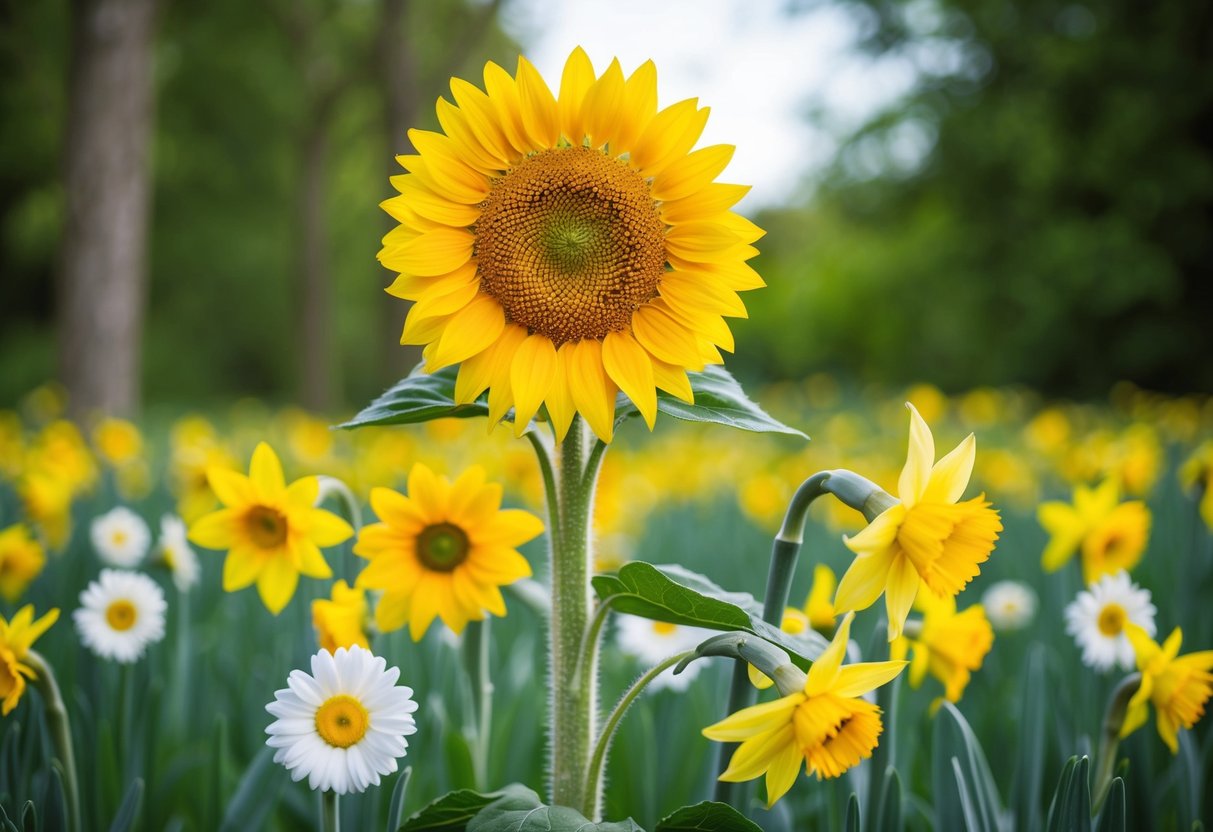
Crafting a bouquet bursting with happiness means choosing flowers that symbolize joy and positivity. It’s about blending vibrant colors and textures to make a cheerful arrangement that celebrates love, friendship, and gratitude.
Bouquet Composition for Positive Vibes
When you think of happiness, think of flowers like daffodils, daisies, and lilies of the valley. These flowers embody cheerful vibes and are perfect for a joyous bouquet. You can also consider yellow roses, which are known for symbolizing friendship and delight.
You can’t forget about mixing different meanings too. For example, include lupines for creativity and imagination. Each bloom adds its unique touch of positivity and beauty, creating a well-rounded bouquet that uplifts any room.
Combining Colors and Textures
Colors play a key role in your bouquet. Go for bright yellows, pinks, and whites to represent peace and happiness. Contrast these with deeper colors like purple to add depth. This mix creates a dynamic look that draws the eye.
Textures matter too. Combine fluffy petals with more structured blooms to give a lively feel. Balance things out with some greenery that highlights the flowers without overpowering them. The right combination of colors and textures ensures your bouquet is both visually appealing and emotionally uplifting.
Gardening Tips for a Cheerful Garden
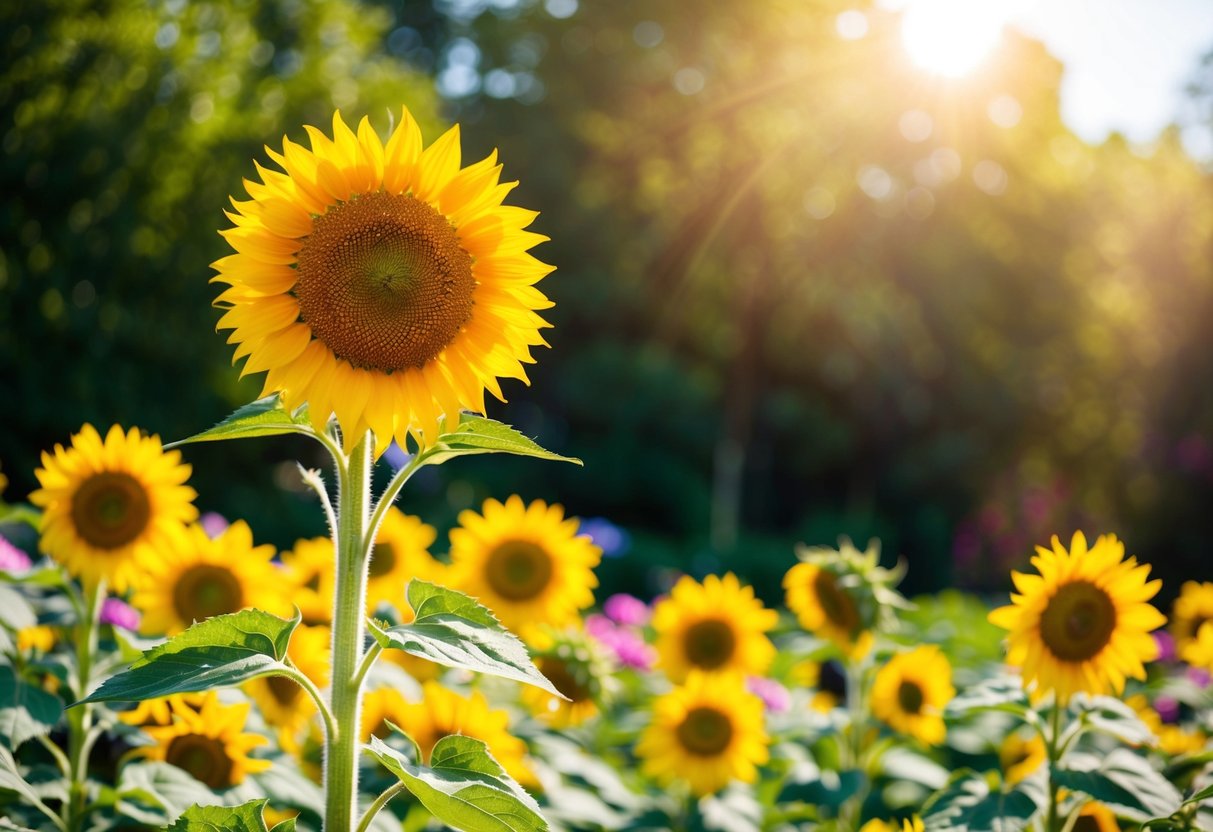
Creating a cheerful garden involves picking the right flowers and taking care of them properly. You can bring joy and growth to your space with a little patience and care.
Choosing the Right Flowers
Start by selecting flowers known for their bright colors and happy vibes. Zinnias are a great choice as they add vibrant color quickly and can be planted easily in full sun conditions. Geraniums are also excellent, offering hues like pink, red, and purple. These flowers are not only visually appealing but attract birds, bringing life and energy to your garden.
It’s important to consider planting zones and hardiness, especially if you’re opting for perennials like lavender which thrives in zones seven through nine. Each flower offers its own charm; choose ones that resonate with you and suit your gardening space.
Caring for Happy Flowers
Once you’ve chosen your flowers, focus on caring for them to maintain their joyful bloom. Ensure your garden has proper sun exposure and good drainage to support healthy growth. Regular watering is essential, but avoid overwatering, as it can harm the roots.
Fertilize your flowers to provide the nutrients needed for them to flourish. Deadheading, or removing spent flowers, can also promote continuous blooming. Don’t forget to monitor for pests and diseases to keep your garden healthy. With care and attention, your garden can be a constant source of happiness and new beginnings.
The Impact of Flowers on Mood and Emotion
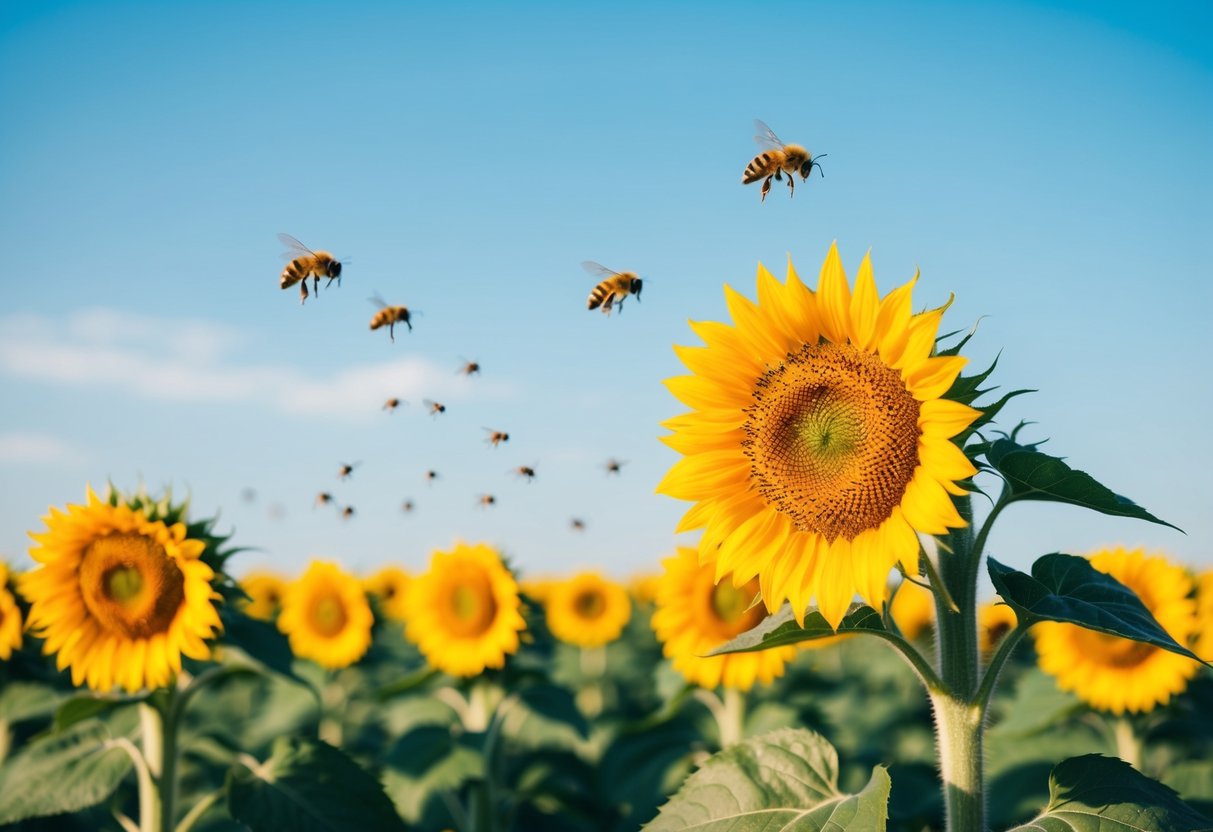
Flowers have the incredible ability to brighten your day. They can improve your mood, evoke emotions, and promote positivity and happiness. Let’s explore how these blooms affect our feelings and their place in therapy.
Emotional Benefits of Flowers
When you receive flowers, it can create a profound emotional impact. Studies show that flowers can increase feelings of joy and happiness. The sight and scent of beautiful flowers might trigger the release of feel-good chemicals in your brain, like dopamine and serotonin. These chemicals make you feel more positive and content.
Flowers also have a way of fostering strong emotional connections. Giving someone a bouquet can express love, loyalty, or friendship. It’s not just about the flowers themselves, but the message they convey. When you’re feeling down, a simple bouquet can provide comfort and remind you of the strength found in relationships.
Flowers in Therapeutic Settings
Flowers often find their way into therapeutic environments due to their calming effects on mood and emotions. In therapy, they may be used to help individuals manage stress and promote a sense of peace. The presence of flowers can create a serene atmosphere, making it easier for people to relax and open up about their feelings.
In hospitals and care facilities, having flowers around can improve patients’ overall well-being. Research suggests that flowers can lead to faster recovery times and reduce feelings of anxiety. By surrounding yourself with flowers, you’re inviting a sense of calmness, love, and positivity into your space, helping you to focus on healing and personal strength.







